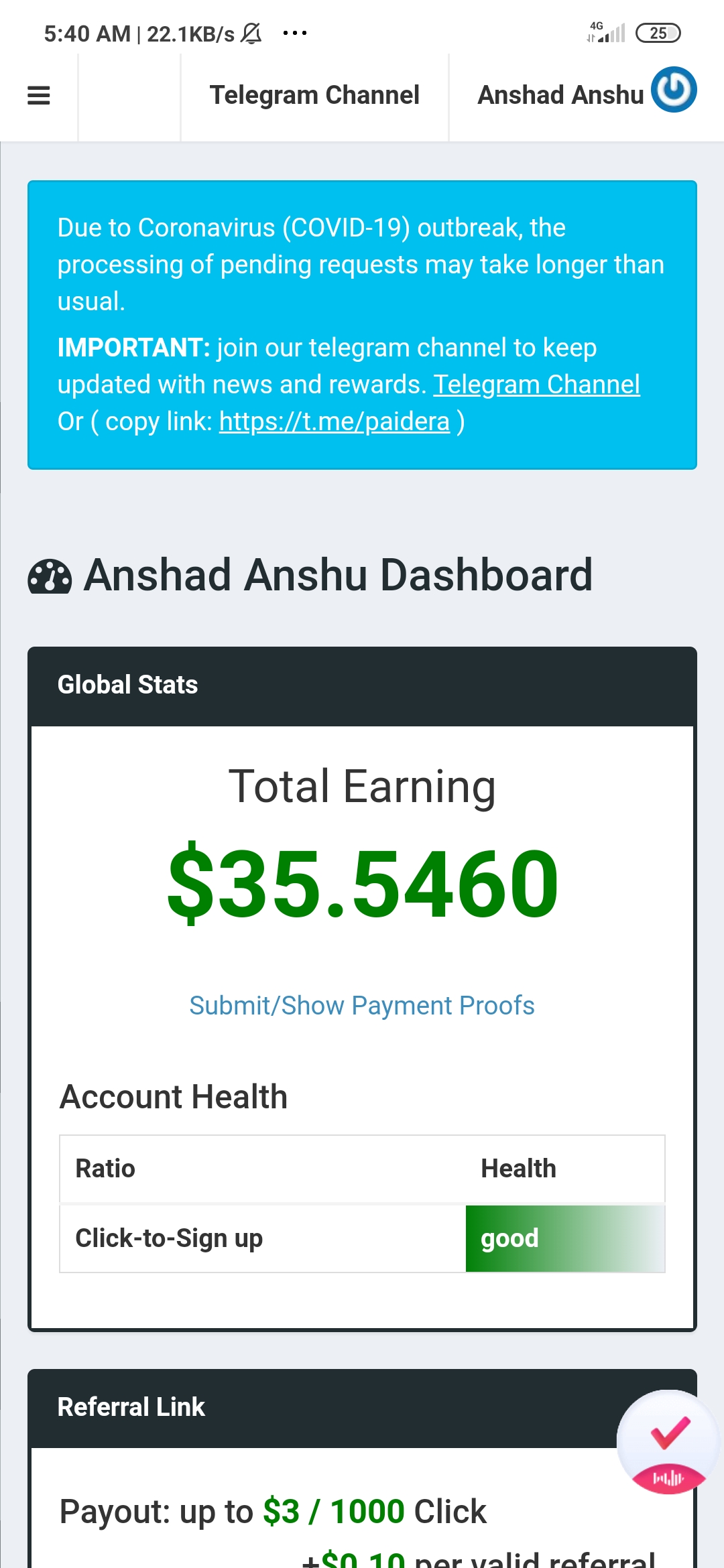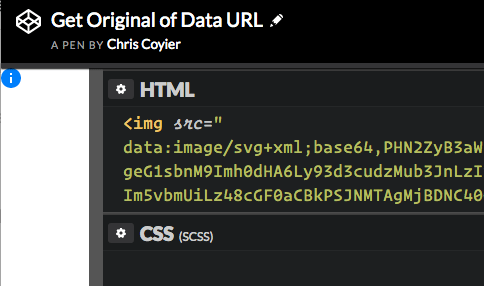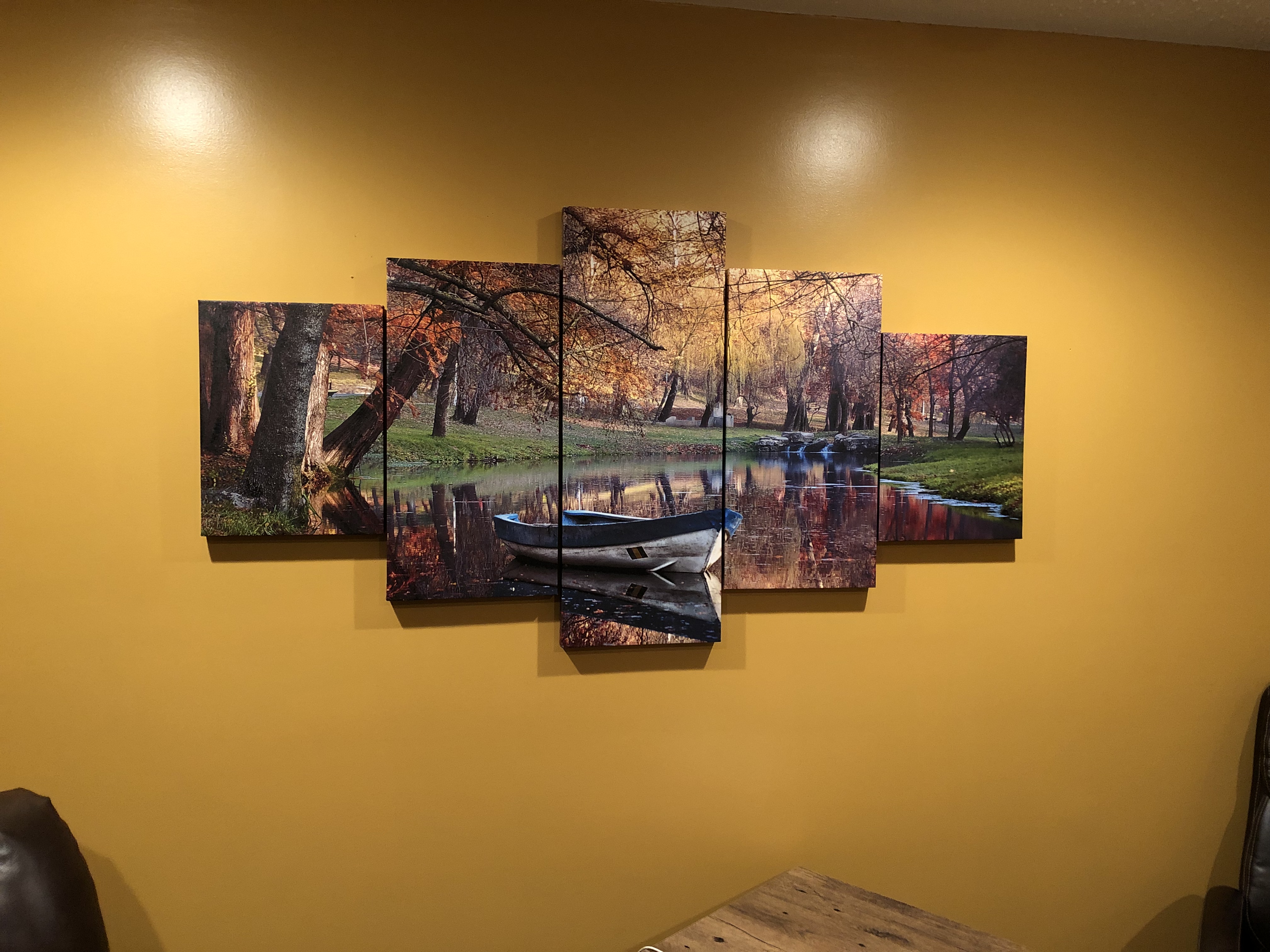This website uses cookies. Pngimg.com uses cookies to personalise content, ads and to analyse traffic. We also share information about your use of site with our social media, advertising and analytics partners who may combine it with other information that you’ve provided to them or that they’ve collected from your use of their services.
Wednesday, December 04, 2019The latest version for this tutorial is available here. Go to have a check now!
Downloading images one by one can be tedious. Forget about using the old technique of 'right click and save image.' There is a smart way to do such a boring job for you. Octoparse can automate the process in a few seconds. You can easily download images for free from Instagram, Twitter, Amazon, Pinterest and more. Here are two easy steps that set your hands free.
Steps 1. Scrape images URLs from websites using Octoparse and export the extracted data into Excel. Check this post: How to Build an Image Crawler without Coding for step-by-step instructions.
Imgurs
- Why do I need to know about Image URLs? Having an image URL allows you to host your image in one place (most likely a place where you can store a lot of images– which is convenient) and use it in multiple places by simply copying and pasting the URL into an HTML code.
- Image Urls After images have been uploaded to Maiko, they can be served back in a variety of formats and sizes using the following syntax. In order to generate new formats, you need to be logged in to Maiko. Alternately, if the new formats are being requested from a domain, the domain can be allowed in the stack settings.
Step 2. Choose a downloader and import extracted lists of image URLs to the downloader.
Tab Save
Type: Chrome Extension
Link: https://chrome.google.com/webstore/detail/tab-save/lkngoeaeclaebmpkgapchgjdbaekacki
Note: Simply paste in the URLs, and it will download the images one by one.
Free Download Manager


Type: Desktop software (support for both Windows and Mac OS)
Link: https://www.freedownloadmanager.org/download.htm
Note: It supports pasting in URLs from your clipboard to create batch downloads. Fast and efficient, especially handy for bulk downloads.
Author Picks:
1. Scrape product images from eBay
2. Scrape product image from Amazon
3. Select and extract data/URL/image/HTML
Let’s say you’ve created an awesome application that colorizes images. Everybody loves it, but some users are getting errors.
You realize they’re trying to pass a URL to a webpage with an image on it, instead of a direct path to the image itself. Your app is expecting a .JPG, or .PNG.
Despite a great description and awesome documentation, users are having issues. They don’t realize that on sites like Facebook or Flickr, the URL to a photo is actually a link to a photo album. Not the file.
Without writing a custom web scraper, how could you make it easier for users to colorize their photos?
That’s where the Smart Image Downloader comes in. It supports links for Imgur, Dropbox, Twitter, Google Drive, 500px, and more. With a single API call, this algorithm can parse image links from webpages and resize them. The image files are stored in an Algorithmia data collection.
Smart Image Downloader makes it easy for your app to parse URLs from users and extract the correct image.
Imgurl Meme
In our case, we used it to improve the user experience of our image colorization service. You might use it to simplify an image processing pipeline for creating thumbnails, or any number of other use cases.

How To Scrape Images
To get started using the algorithm, you’ll need a free API key from Algorithmia.
There are a few different input parameters that you can take advantage of when using the Smart Image Downloader. The only required one is the image URL. Be sure to check out the algorithm description page for more.
Sample API Call:
The above is an example of extracting an image from Wikipedia and then automatically resizing the image to 600px wide. If you want a specific output dimension, you could set both the width and height to crop to that size. We’re also using the format parameter to save the images as a .PNG, .JPG, or .BMP.
Sample Output:
The algorithm returns JSON with the original dimension, new dimension, and the path for retrieving your image from the Algorithmia Data API.
If you’re interested in other image related posts, check out our guide for building an image pipeline with Amazon S3 or Dropbox. We also have a guide to scraping web data using the AnalyzeURL microservice.

Let us know what you think @Algorithmia.
Imgur App
Imgursc Diapers
Html Img Url
Introducing enhanced security features for Algorithmia Enterprise